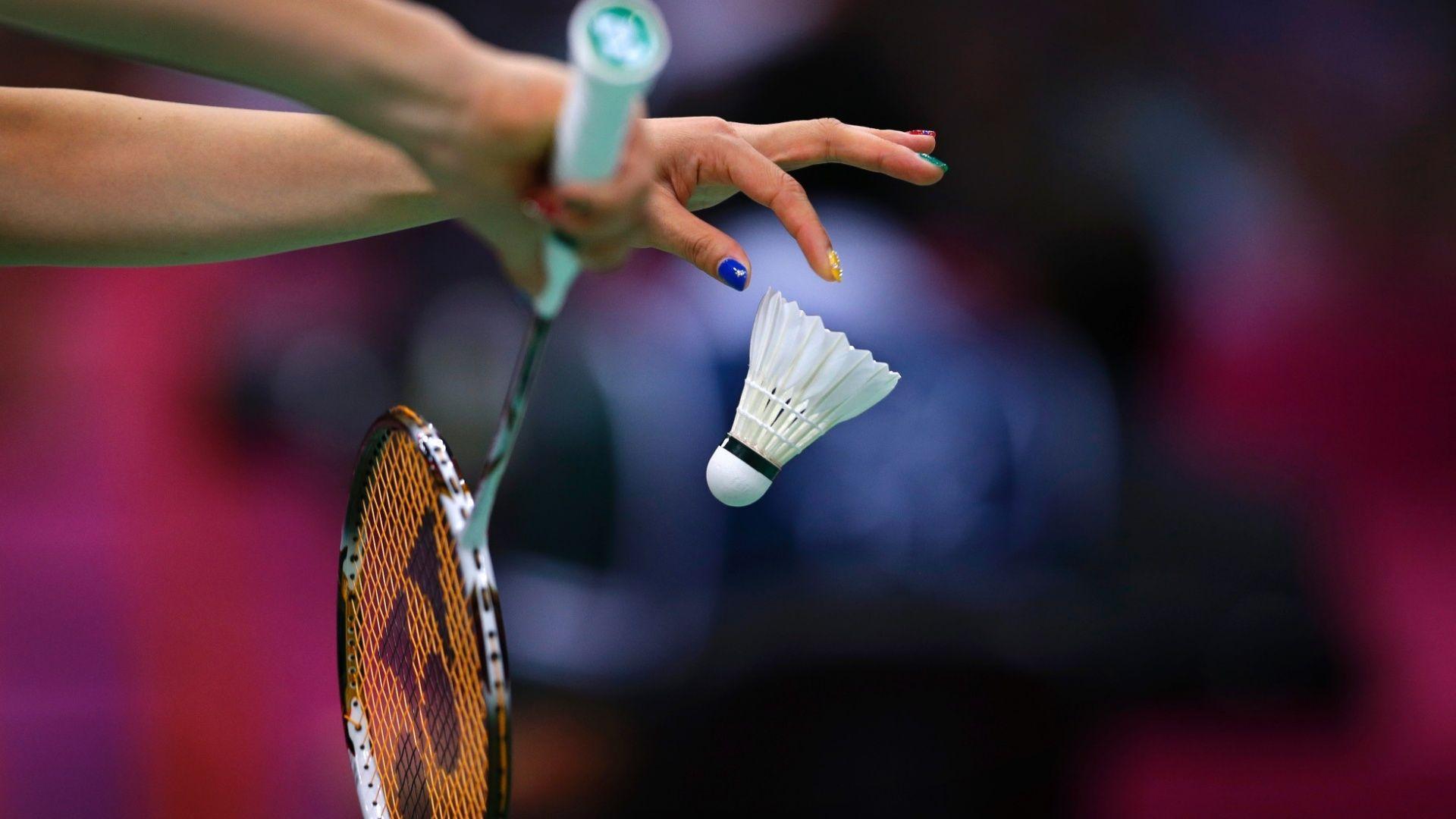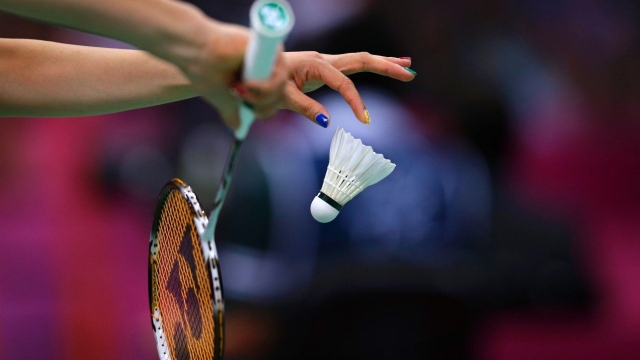Badminton, a dynamic and fast-paced racket sport, has gained popularity worldwide for its thrilling gameplay and unparalleled physical workout. Whether you’re a seasoned player or just starting out, mastering the art of badminton requires a combination of skill, strategy, and precision. In this article, we’ll uncover valuable tips and trick that will surely elevate your game to new heights. From choosing the right racket to perfecting your technique, you’ll find all the essential knowledge you need to become a formidable opponent on the badminton court. So, grab your racket, strap on your sneakers, and let’s dive into the world of badminton prowess!
A pivotal element in the game of badminton is undoubtedly the badminton racket. Choosing the right racket can significantly impact your performance on the court. With a plethora of options available, it’s crucial to understand the key factors that should guide your selection. Weight, balance, and string tension are essential considerations that can determine your level of comfort and control during gameplay. We’ll delve into these aspects in detail, ensuring you gain valuable insights to help you make an informed decision when it comes to investing in a badminton racket.
Now that you’ve got your racket in hand, it’s time to learn the fundamentals of how to play badminton. From serving to smashing, each aspect of the game plays a crucial role in determining your success. We’ll walk you through the basic rules and techniques, covering everything from grip and footwork to shot placement and strategy. With step-by-step guidance and expert tips, you’ll soon find yourself gliding across the court with agility and finesse, leaving your opponents in awe of your newfound badminton prowess. So, let’s dive into the intricacies of playing this exhilarating sport and unleash your true badminton potential!
Choosing the Right Badminton Racket
When it comes to badminton, selecting the appropriate racket can greatly impact your game. With various options available, finding the right one can be a daunting task. However, by considering a few key factors, you can make an informed choice.
The first aspect to consider is the weight of the racket. Rackets come in different weights, ranging from light to heavy. Lighter rackets tend to offer more maneuverability, allowing for quick swings and speedy shots. On the other hand, heavier rackets provide additional power behind your hits. It’s essential to choose a weight that aligns with your playing style and level of comfort.
Another factor to keep in mind is the racket’s flexibility. Badminton rackets typically come in three categories: stiff, medium, and flexible. Stiff rackets offer more control and precision, making them suitable for experienced players. Conversely, more flexible rackets offer a larger sweet spot and a greater degree of forgiveness, making them ideal for beginners or players seeking more power.
Lastly, consider the grip size of the racket. A proper grip is crucial for maintaining control and preventing injuries. Grip sizes range from G1 (the smallest) to G5 (the largest), with G4 being the most commonly used. It’s important to choose a grip size that allows you to comfortably hold the racket while maintaining a firm grip during intense gameplay.
By carefully considering these factors, you can choose a badminton racket that suits your style, enhances your technique, and ultimately elevates your game. So, gear up with the right equipment, and get ready to conquer the badminton court!
Mastering the Essential Techniques
In order to excel in the sport of badminton, it is crucial to master the essential techniques. These techniques not only enhance your game but also provide a solid foundation for your skills. Whether you are a beginner or an experienced player, dedicating time to practice and refine these techniques can greatly elevate your performance on the court.
-
Proper Grip: One of the first techniques to focus on is achieving the correct grip on your badminton racket. The grip should be firm yet relaxed, allowing for maximum control and maneuverability. Generally, the grip is divided into two main types: forehand grip and backhand grip. The forehand grip is used when the shuttlecock is on the same side as your racket hand, while the backhand grip is employed when the shuttlecock is on the opposite side. Mastering these grips will enable you to execute precise shots with ease.
-
Footwork: Footwork is a fundamental aspect of badminton that often goes unnoticed. Having swift and agile footwork enables you to quickly reach the shuttlecock and maintain a balanced stance while executing shots. Focus on maintaining lightness on your feet, moving efficiently, and being ready to change direction at any given moment. Regular footwork drills and practice will gradually improve your speed, agility, and overall court coverage.
-
Shot Techniques: Finally, understanding and practicing the different shot techniques in badminton is vital for success. A variety of shots can be played, such as clears, smashes, drops, drives, and net shots. Each shot requires its own specific technique and timing. For instance, the clear shot involves hitting the shuttlecock high and deep into the opponent’s court, while the smash shot aims to deliver a powerful, downward shot that is difficult to return. By practicing and refining these shot techniques, you will be able to strategically control the game and outmaneuver your opponents.

Mastering these essential techniques is essential if you want to elevate your badminton game. By focusing on grip, footwork, and shot techniques, you will lay a strong foundation for your skills and improve your overall performance on the court.
Strategies to Improve Your Game
-
Master Your Serve
To truly excel in badminton, it is essential to have a strong and accurate serve. The serve is the starting point of every rally, so honing your skills in this area can give you a significant advantage. Focus on developing a consistent and controlled serve by practicing your hand-eye coordination and perfecting your technique. Remember to vary your serves, using different angles and speeds, to keep your opponents on their toes. -
Work on Footwork
A crucial aspect of playing badminton is having good footwork. Quick and agile movements allow you to reach the shuttlecock efficiently and maintain your balance throughout the game. Practice moving swiftly and smoothly on the court, using short, quick steps to cover the ground effectively. Improve your footwork by doing drills that focus on speed, agility, and directional changes. Additionally, developing your core strength will enhance your stability and balance during intense rallies. -
Understand your Opponent
In badminton, it is essential to read and understand your opponent’s playing style and tendencies. By observing their movements and shot selections, you can anticipate their next move and respond accordingly. Pay attention to their strengths and weaknesses, such as their preferred shots or patterns of play. By strategizing and adapting your tactics based on your opponent’s style, you can gain a competitive edge and exploit their vulnerabilities.
Remember, implementing these strategies and consistently practicing them will significantly contribute to your overall game improvement. By mastering your serve, perfecting your footwork, and analyzing your opponent’s style, you’ll be well on your way to elevating your badminton skills to new heights.





